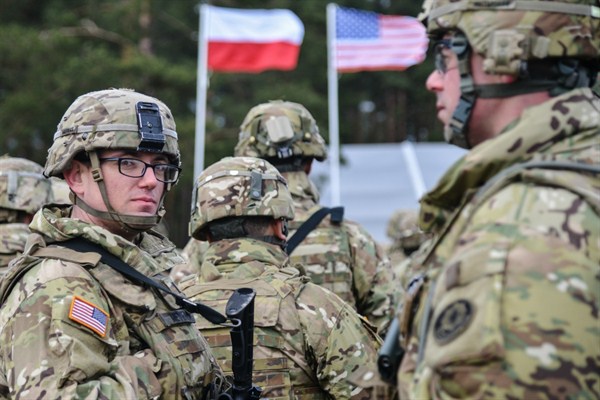Editor’s Note: This article is part of an ongoing WPR series about NATO members’ contributions to and relationships with the alliance.
Last month, Poland’s government gave a warm welcome to a U.S.-led NATO battalion, which is part of a series of deployments to create “tripwire” deterrence to Russian aggression. “Generations of Poles have waited for this moment since the end of World War II, generations that dreamt of being part of the just, united, democratic and truly free West,” said President Andrzej Duda. As the largest country to join NATO since the end of the Cold War, Poland has tried to cast itself as a representative for the alliance’s eastern flank. In an email interview, Marek Madej, assistant professor with the Institute of International Relations at the University of Warsaw, describes Poland’s most pressing security threats and its hopes for how NATO will counter them.
WPR: What does Poland consider to be its primary security threats, and what is its general level of defense preparedness?

